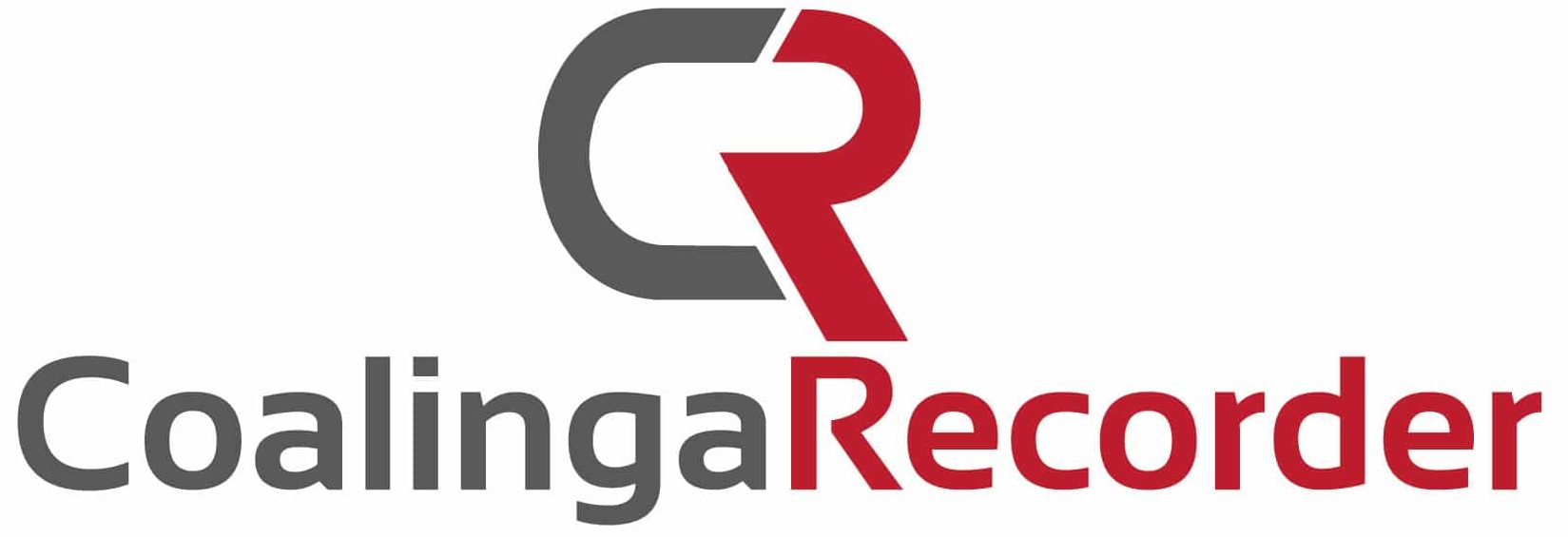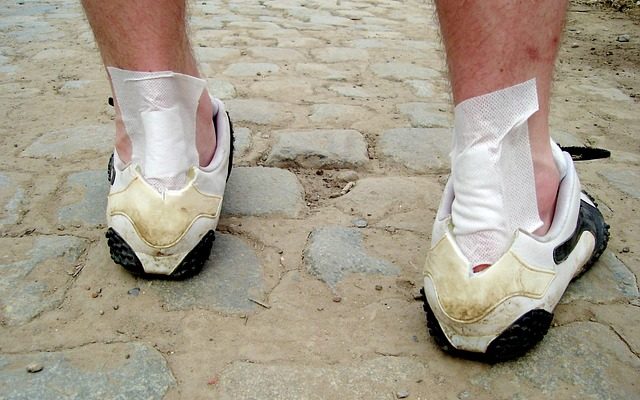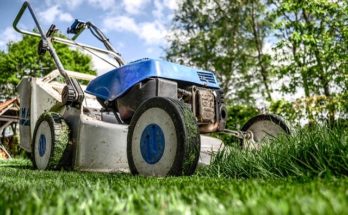Sports injuries can be very painful and inconveniencing for every player, and the most unfortunate thing is that they are quite unpredictable. Even though some sports are more prone to injuries than others, no sport is totally free from the possibility of an injury. Sports injuries range from mild to severe, and almost all parts of the body are exposed in some sports such as football or baseball. Depending on the severity of one’s sports injury, treatment can range from just taking ample rest to undergoing surgery in extreme cases. When you suffer a minor sports injury, it’s not a must to seek help from a professional, but you can treat yourself from home as explained below.
1. R.I.C.E.
Immediately you suffer a sports injury you do not need to panic but follow a strategy usually known as RICE by many sports trainers. RICE stands for rest, ice, compress and elevate. You will not need a professional to do any of these things.
• The first one being rest means you give yourself time to rest and allow your injured part of your body to heal. With a fresh injury such as a muscle strain or ankle sprain, you will need to take rest because moving around comfortably will not be possible at this moment. Some injuries will only need a few hours or days, and you will be fully healed.
• Secondly, when resting, apply ice on any part that is swollen or in pain. It will help in relieving the pain and sustain the injury after some time. All you to do is to apply a bag of ice on the injured area and swelling will start going down because the ice helps in decreasing blood flow in that area. However, Dr Gregg Schellack warns that you should avoid placing ice on your bare skin since it can lead to frostbite. Also, remember to apply it after every 20 minutes whereby you take a break in between.
• Thirdly, use an elastic bandage to compress the affected area, especially after suffering an ankle sprain, muscle strain, or any form of swelling. This will help to prevent the accumulation of fluids on the injured area and also sustain the swelling. The bandage also helps to remind you that you need to keep still. Sometimes after tying the bandage, you might start feeling numb, and you should make it lose a little bit or remove it completely to avoid hindering normal blood flow in your body.
• Finally, you will need to elevate the injured part above your heart level to prevent fluids from draining and accumulating in that area. It can also help in sustaining the swelling. With these four actions, you will be sure that you have completed the first phase in treating your sports injury. However, there are other things that you can take to continue with the treatment.
2. Pain Relievers
After following the RICE strategy, some pain may still be severe, and it is good you take some painkillers such as ibuprofen or paracetamol. If you do not have any of these painkillers, try using castor oil to relieve pain whereby you warm a teaspoon of the same and massage gently the ailing part. Allow the oil to be completely absorbed into the skin, and you will be surprised how powerful this oil can be in alleviating pain and healing the injury.
3. Healing The Disturbing Inflammation
Almost everyone has turmeric in their kitchen, and this cooking ingredient has high anti-inflammatory properties. Mix a half teaspoon of turmeric powder in a hot glass of milk and drink the mixture two times a day. It not only takes away the irritation but also alleviates the pain and reduce the swelling. Ginger is also a kitchen ingredient with similar properties, and for this one, you will need to mix two tablespoons of ginger juice with bathing water. You can also add the ginger in your diet, and it will definitely accelerate your healing process. However, if your skin is sensitive, you might experience some skin irritation when bathing on ginger water.
Most of these home remedies will help you with a sports injury, especially when it is mild. However, Dr Gregg Schellack says that if you think that your sports injury is severe, rely on sports medicine for professional help.




